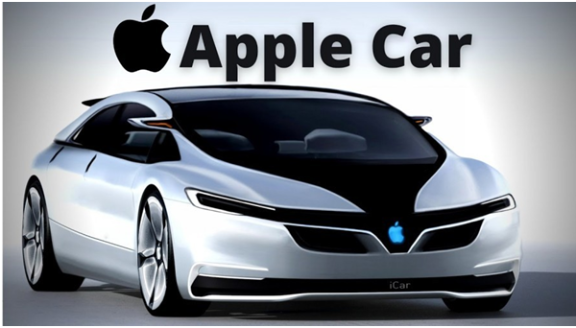Apple May Join Hands with Chinese Battery Makers for Its Self-driving Vehicles

Apple plans to produce self-driving electric vehicles powered by self-designed batteries by 2024.
Reuters reported on Dec. 21 (local time) that Apple plans to produce self-driving electric vehicles powered by self-designed batteries by 2024.
For the success of Apple’s plan, nothing is more important than the stable procurement of high-performance batteries. This is because batteries account for about 40 percent of electric vehicle production cost. Apple will reportedly use batteries of its own design.
Tesla is also pushing to develop and produce batteries on its own, saying that it will release a US$25,000 electric vehicle within three years. The price is about half of the current average unit price of electric vehicles. At a historic time when the global auto industry is shifting to electric and hydrogen cars, a competition of strategies is expected to intensify to control the battery market. Industry watchers expect that development of next-generation batteries such as all-solid batteries will accelerate.
Apple is considering applying lithium-iron phosphate (LFP) batteries to its electric self-driving vehicles, according to foreign media reports. The company is also likely to adopt a battery design that bypasses the module stage by assembling cell units into packs. Electric vehicle batteries are produced through a cell-module-pack process. Apple is considering skipping the module stage. The idea is an attempt to boost the efficiency of battery use by securing as much space as possible inside such packs, industry analysts say. This is the same method that CATL, China’s largest battery company, uses to supply batteries for Tesla’s Model 3 standard version rolling out in China.
Korea’s battery producers are paying attention to Apple’s focus on LFP batteries, not nickel cobalt manganese (NCM) or nickel cobalt aluminum (NCA) batteries. LFP batteries last relatively longer and are cheaper and more stable compared to NCA batteries as they do not contain nickel and cobalt materials. But they offer a shorter mileage due to low energy density. “The LFP method is used to produce low-end batteries adopted by Chinese electric vehicle battery makers,” an industry official explained. “Compared to NCM, NCA, and NCMA batteries, LFP batteries are an old version.”
Some experts predict that Apple may seek cooperation with Chinese battery makers. For Apple to grow in China, the world’s largest electric vehicle market, cooperation with local companies may be an attractive choice for Apple. “Because LFP batteries have long life, Apple may have strategically adopted LFP batteries for vehicles used for public services such as self-driving taxis and shuttle buses,” said another industry insider. However, a prevailing view is that Apple will not produce batteries on its own. They predict that Apple will design its batteries but outsource production to companies in China and other countries.
“There is a big difference between battery design and production,” said a professor of energy engineering at Hanyang University. “Mass production of batteries poses a much bigger technological challenge than designing them.”